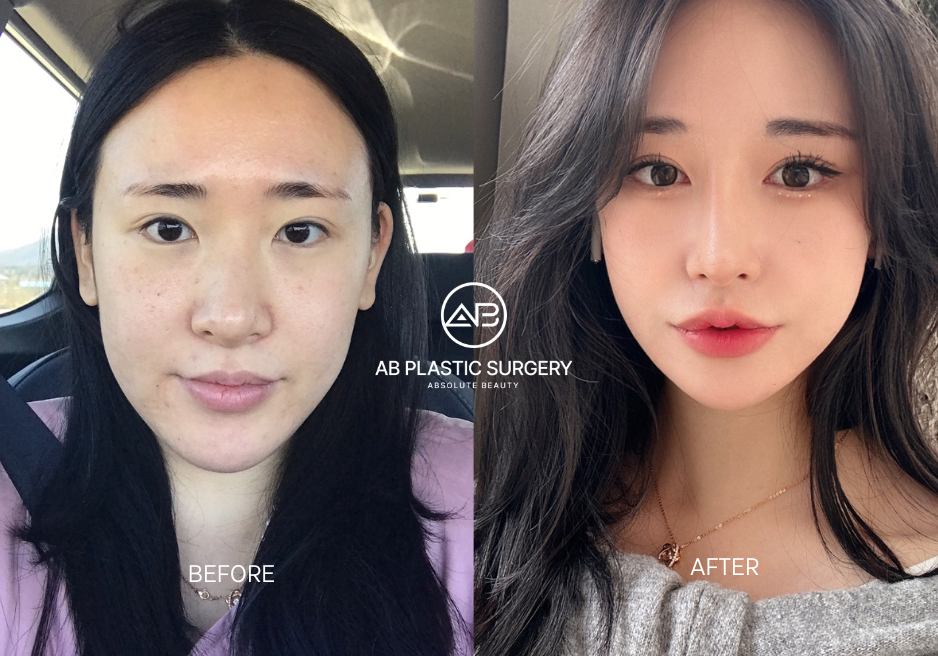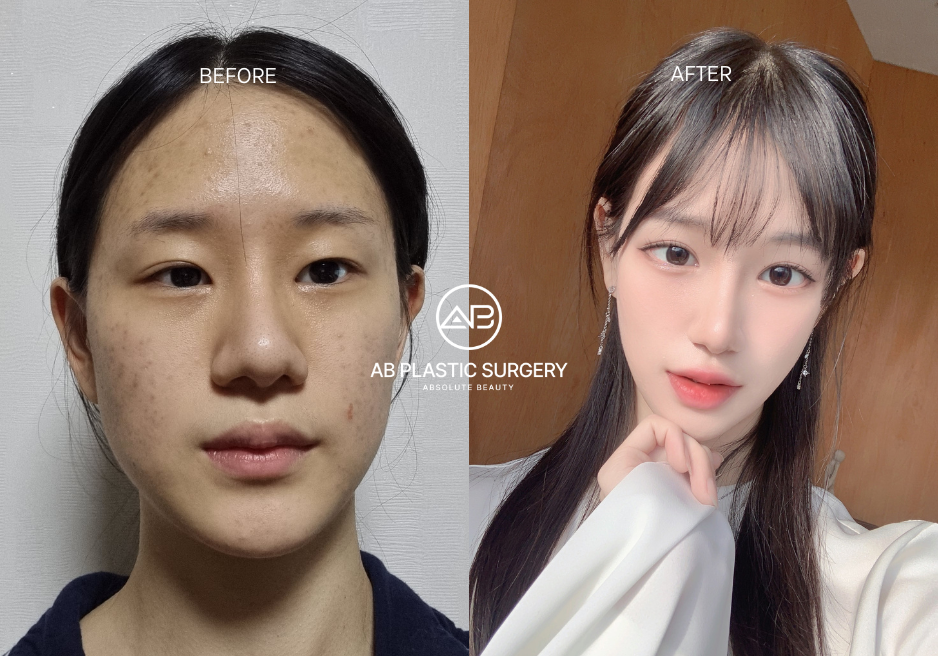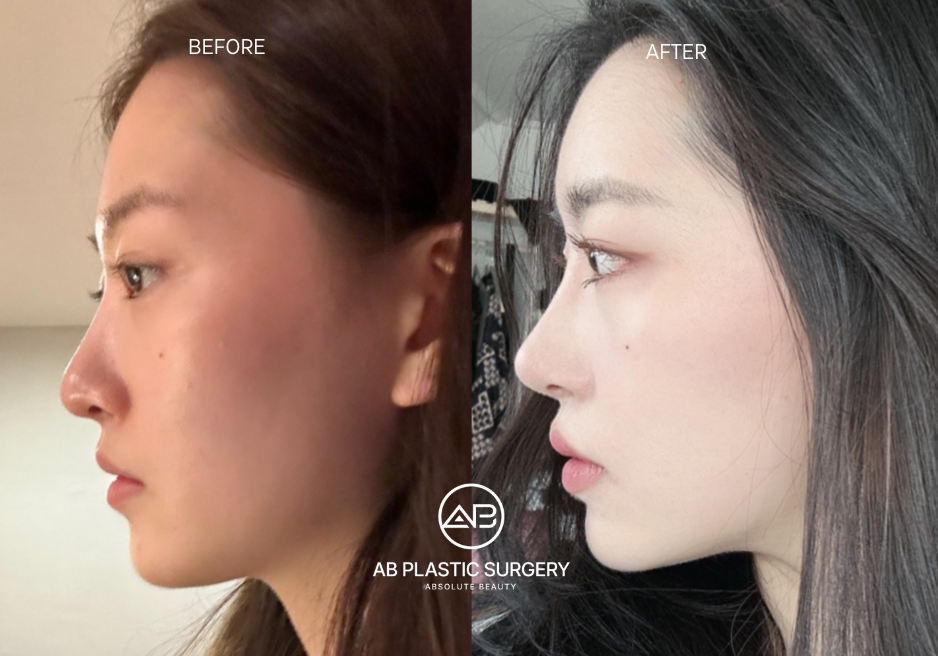Korean Beauty Standards Shape: Tradition, Technology, and the Future
Table of Contents
1. Cultural Roots of Korean Beauty Standards
2. Societal And Psychological Impacts
3. Comparing Korean Standards Across Asia
4. The Role of Technology in Beauty Trends
5. Future Trends in Korean Beauty Ideals
South Korea has become a global hub for beauty innovations and improvements to one's appearance. In 2023, the country's cosmetic surgery business was worth about $10.7 billion. It is thought that about one in three women in Seoul have had some kind of cosmetic treatment.
Today, we will talk about how Korean beauty standards have evolved and adapted to various cultures all across Asia. We will also discuss the future trends for Korean fashion & the integration of technology.
Cultural Roots of Korean Beauty Standards
Clear, pale skin, a V-shaped face with a pointed chin, double eyelids, big, bright eyes, a high nose bridge, and small, delicate features are often seen as beautiful in modern Korea. These standards are a unique mix of traditional Asian styles and Western influences. These contemporary standards represent a unique fusion of traditional Asian aesthetics with Western influences, shaped by Korea's position at the crossroads of global cultural exchange. Korean beauty standards nowadays seem to be very Westernized. But traditionally, Korean beauty standards are strongly ingrained in the country's history and traditions, expressing inner purity and moral integrity. This emphasis stretches back to the Joseon Dynasty when Confucian ideas of elegance were prevalent in people. Dr. Kim Min-ji, a cultural anthropologist at Seoul National University, notes: "The evolution of Korean beauty standards reflects our society's rapid modernization. What we're seeing is not just a change in aesthetics, but a fundamental shift in how Koreans view identity and self-expression."
In summary, since the end of World War II, Korean beauty standards have changed a lot. They have quickly adapted to Westernization. The idea of "mi-in" (beautiful person) shows how traditional Korean beauty standards put a lot of weight on natural traits and inner beauty.

Societal And Psychological Impacts
There are a lot of beauty standards in Korea, which has made things both easier and harder. The beauty business has grown into a big part of Korea's economy, adding about 3% to the country's GDP and creating over 1 million jobs.
However, this has also made people feel more pressure to meet certain standards of beauty. "We're seeing a complex relationship between appearance and self-worth among young Koreans," says Dr. Park Sun-young, a well-known psychiatrist, on body image problems.
Even though physical changes can make people feel better about themselves, it's important to deal with the mental issues that cause them to make these decisions. However, Korea's social structure often links how someone looks to their social status and work success. Photos are often needed for job applications, and how you look can affect many parts of your life, from getting ahead in your work to making friends. Also, A recent poll found that 82% of job seekers think their looks affect their chances of getting a job, which says a lot.
Comparing Korean Standards Across Asia
The influence of Korean beauty standards across Asia represents one of the most significant cultural exports of the 21st century. The "Korean Wave" (Hallyu) has fundamentally reshaped beauty ideals throughout the region.
This reshape came from K-beauty products generating over $9.3 billion in global exports annually. However, this influence manifests differently across various Asian markets, each adapting Korean beauty trends to their own cultural contexts.

Chinese & Japanese Translation For Korean Beauty
As a way to adapt to the Chinese market, Korean surgical methods have changed to better fit Chinese facial structures and tastes. Korean beauty trends are especially popular among young Chinese people, which is driving demand for makeup and skincare products made in Korea.
The Japanese beauty market is a mix of traditional Japanese style and Korean ideas. People are adopting Korean skin care practices and making them simpler for a more minimalist look. Japanese surgeries, like surgery on both eyes, are more subtle than Korean surgeries.
Also, Japan's makeup style is more natural and modest than Korea's "glass skin" and bright eye trends. Japanese companies and Korean labs often work together to make hybrid goods that mix Korean technology with Japanese style.
Southeast Asia
As opposed to Japan, Vietnam's young people are adopting more and more Korean beauty standards. They want to get the "glass skin" look, and Korean-style face contouring procedures that are made to fit Vietnamese faces are becoming more and more popular.
Additionally, Thailand is a major center for cosmetic treatments & medical tourism, which often combines Korean methods with those used by locals. Its beauty standards are a mix of Korean and traditional Thai tastes. They help Korean beauty trends spread in Southeast Asia.
People in Singapore and Malaysia are following Korean beauty trends, which shows how diverse their cultures are and how sophisticated their markets are. Consumers are very aware of these trends while still sticking to their own personal tastes.
The Role of Technology in Beauty Trends
Korean beauty technology continues to push boundaries, with research and development efforts focusing on next-generation innovations such as bioprinting for tissue regeneration, nanomaterial-based treatments, and AI-driven aging prediction systems.
Machine learning algorithms analyze individual skin conditions, environmental factors, and treatment histories to generate highly personalized skincare recommendations. Smart mirrors equipped with diagnostic tools can assess skin conditions in real time.
The fusion of technology and aesthetics has revolutionized South Korea's beauty industry. Artificial intelligence (AI) has become a cornerstone of modern aesthetic medicine, with facial analysis systems predicting surgical outcomes with 94% accuracy.
Additionally, advanced 4D imaging systems provide surgeons with real-time, multidimensional views of facial structures during procedures, while ultrasound-guided techniques enhance the precision and safety of treatments.
Advanced laser systems also offer unprecedented precision in skin rejuvenation treatments, while radiofrequency devices provide more comfortable treatments with longer-lasting results. Also, personalization has become increasingly sophisticated, particularly in the skincare domain.

Future Trends in Korean Beauty Ideals
The interaction between Korean beauty standards and various Asian cultures continues to evolve, creating new hybrid beauty ideals that respect local traditions while embracing modern innovations.
A lot of Asian beauty trends have come from Korean culture, like the Skin First Philosophy, using technology, Natural Enhancement, and the effects of social media. Skin First Philosophy puts more emphasis on skincare than makeup.
Korean trends are spread by social media stars, who create a shared beauty language and digital beauty groups. We can see in real-time that they accept their natural look. Beauty nowadays is all about making small changes that look good and keeping ethnic traits.
This shift has also driven the growing popularity of non-invasive modifications. The non-invasive treatment sector has experienced rapid technological advancements, particularly with High-Intensity Focused Ultrasound (HIFU) treatments, which provide measurable skin tightening and lifting.
HIFU treatments like Ultherapy, Thermage, and Shurink represent innovative solutions in this space. Ultherapy targets the deep foundational layer of the skin to stimulate collagen production and is often used for lifting the brow, neck, and jawline. Thermage focuses on using radiofrequency energy to improve skin texture and surface-level wrinkles, offering versatility for the face and body. Meanwhile, Shurink, widely embraced in Korea, delivers comparable lifting effects with minimal downtime, making it a favorite among those seeking subtle yet effective results.
We can see an increasing trend in people using these treatments for less pain and more sustainable results. These advancements align perfectly with evolving beauty standards emphasizing small, natural enhancements while preserving ethnic characteristics. However, as fashion trends shift rapidly in the 21st century, it remains to be seen how this widespread adoption of non-invasive solutions will continue to evolve.
Korean beauty standards represent a fascinating intersection of tradition, innovation, and global influence. With an industry that continues to grow at 8.1% annually and influences beauty trends worldwide, Korea's impact on global beauty culture is undeniable.
As global beauty ideals continue to evolve, Korea's influence will likely remain significant, though perhaps with greater emphasis on diversity and individual expression. We hope to explore these trends further in the future.
If you’re inspired to take the next step in your beauty journey, schedule a free online consultation with AB Plastic Surgeons. Our experts are here to help you achieve your aesthetic goals with personalized guidance rooted in Korea’s cutting-edge beauty advancements.






